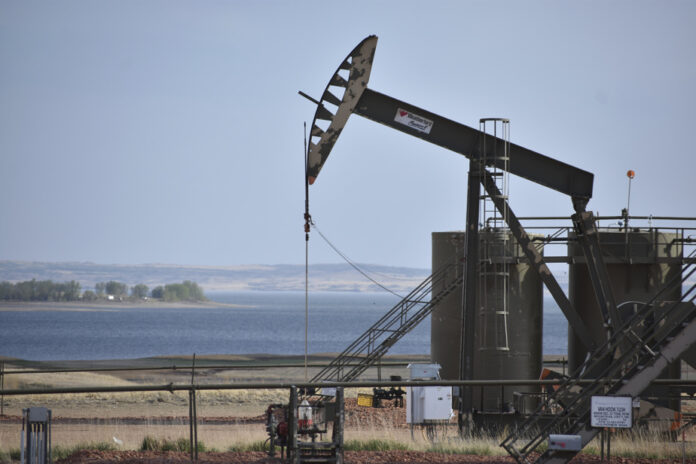(New York) Oil prices rebounded strongly on Wednesday after a massive drawdown in U.S. crude inventories reflected buoyant exports and buoyant gasoline demand.
A barrel of Brent North Sea oil, for August delivery, gained 2.44% to $74.03.
Its US equivalent, a barrel of West Texas Intermediate (WTI) for same-month delivery, climbed 2.74% to $69.56.
U.S. commercial crude reserves shrank by 9.6 million barrels, according to figures released Wednesday by the U.S. Energy Information Agency (EIA). This is much more than what analysts had expected, who were betting on an average decrease of 1.5 million barrels.
The US government has also drawn another 1.4 million barrels from the Strategic Petroleum Reserves (SPR), which amount to 348.6 million barrels.
“Between the decline in commercial stocks and the decline in strategic reserves, 11 million barrels have been used, combined with very good demand for gasoline over the past two weeks, which is helping prices to rise,” commented for AFP Andy Lipow, analyst of Lipow Oil Associates.
Gasoline demand has risen to more than 9.3 million barrels per day for the past two weeks, “which is a very good number for the start of the car travel season” in the United States, first oil consumer.
The travel season begins with the July 4 National Day long weekend, noted Andy Lipow.
The overall reduction in crude inventories is also explained by a strong increase in crude exports (795,000 barrels per day, b/d).
At 5.3 million b/d exported, “we are approaching the record”, Mr. Lipow further underlined.
Since May, oil prices have been contained, held back by the lack of risk appetite among investors, while central banks around the world are raising their rates to compress inflation.
“Rate hike concerns, but receding reserves. This latest information along with OPEC’s actions, which are limiting its production to perk up prices, “could create a floor for prices,” said Neil Wilson, an analyst at Finalto.
Saudi Arabia, the world’s largest exporter, announced in early June that it would lower its production even further to rebalance the market, an action which initially pushed prices up, but whose upward effect has since completely evaporated.















